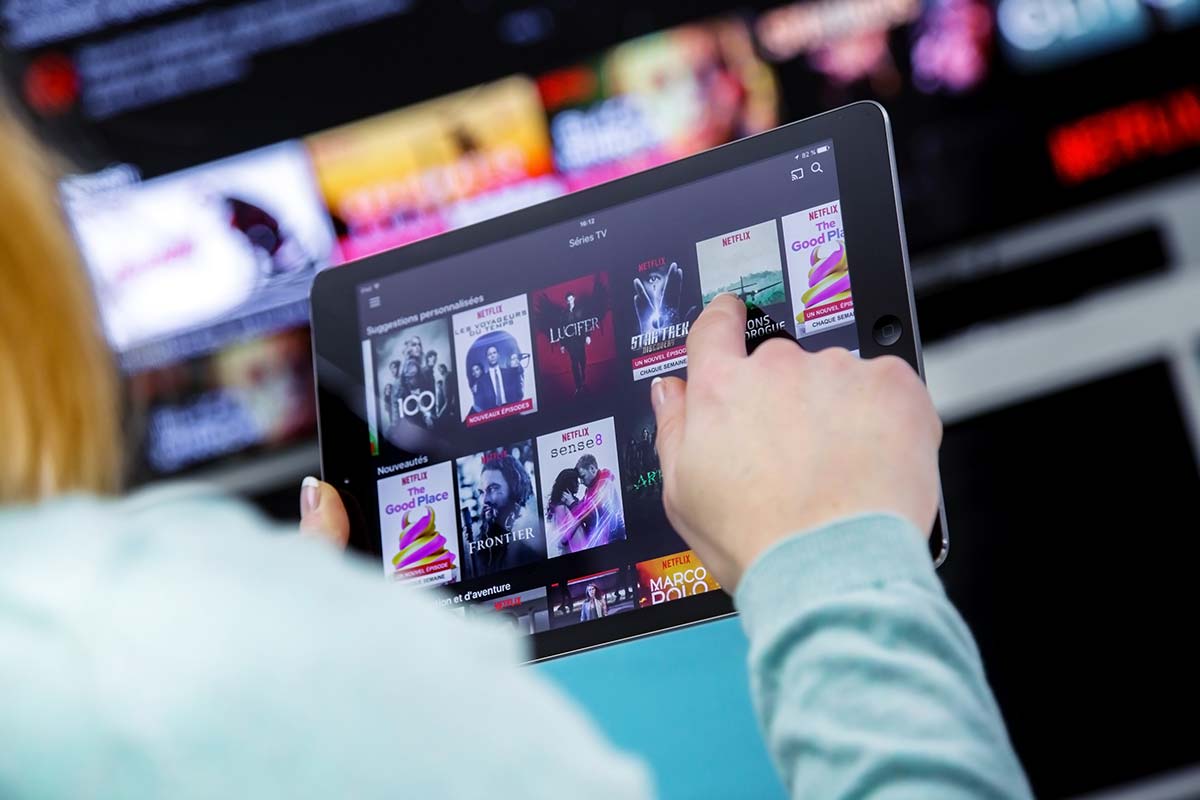
The technology industry doesn’t have any choice but to help address the loneliness epidemic.
Netflix is the subject of envy for many companies today. The popular streaming service posted $16 billion in revenue in 2018 and now has 151 million subscribers globally. It attracts some of the most creative minds in entertainment and is known for some of the most buzz-worthy shows and movies, including Stranger Things, 13 Reasons Why and Breaking Bad. It’s really no wonder Hulu, Amazon, Disney and Apple all want a piece of the streaming pie.
As an entrepreneur and TV-lover, I share everyone’s appreciation for Netflix and the streaming market it pioneered. Just like many people, I can’t imagine my life without it. Catching my favorite shows — and occasionally binging on them — is certainly something I look forward to at the end of a busy week.
But as a technologist, I have some reservations about Netflix and its impact to society. Don’t get me wrong: the company’s streaming service is a brilliant technological achievement. The clever way it utilizes data to continuously improve its technology and deliver a seamless, very personalized user experience is nothing short of impressive — it’s what many other companies may consider the Holy Grail of innovation.
That said, if you look at the societal impact of Netflix, some concerns naturally emerge. Yes, the service has become a pop-culture phenomenon, but the company’s undeniable success is also inadvertently contributing to one of the biggest problems we have today: loneliness.
A 2019 study from Reach3 Insights, a sister company to Rival Technologies, found that streaming shows is a solo activity — something that isolates people from their friends and family. In a survey of more than 300 US-based consumers, 45% of streaming users report watching shows on their own, while only 23% report doing it with their friends and family. Most users don’t use Netflix to talk about shows with their friends and family — Reach3 found that the primary reason people subscribe to streaming services is for personal entertainment. This is a stark contrast to the pre-streaming era when shows encouraged families to gathered around the TV set at a specific time and resulted to watercooler talk the next day.
Most users don’t use Netflix to talk about shows with their friends and family.
Reach3’s study found that streaming is replacing other activities, including social ones. Thirteen percent of streaming users said they spend less time with their family to carve out more time for their favorite shows, and 12% report hanging out less with their friends.
If you’re a streaming user, I would bet that the stats above don’t really surprise you. But these trends are very concerning if you consider that the rates of loneliness have doubled in the US in the last 50 years. Millennials and Gen Zs are the biggest victims of the loneliness epidemic.
Of course, it’s not fair to put the blame on Netflix alone. Loneliness is a big, multi-factor problem. Many researchers point to social media and the FOMO culture it has cultivated as another big culprit. A growing body of evidence shows that there’s a correlation between how much time people spend on social media and how lonely they are.
Technology can bring enormous value to businesses and the consumers they serve.
As an entrepreneur, I hold an abundant and optimistic view of technology. I believe that technology can bring enormous value to businesses and the consumers they serve. More importantly, I believe technologies should improve society. This point of view is why I’m mostly optimistic that pretty soon we’ll see companies creating technologies and experiences that will help people connect in more authentic ways and enrich their lives.
Really, the technology industry doesn’t have any choice but to help address the loneliness epidemic. The need to find your tribe and to belong is innate in every human. It’s in our DNA—a requirement for survival. With more consumers becoming aware of the impact of tech addiction to their social lives, we’re bound to see more pressure on tech companies to do something about the loneliness issue.
To some extent, we’re already seeing glimpses of change. Apple’s usage metrics is an attempt to help consumers make educated decisions about how much time they want to spend on their phones. I see Facebook’s Watch Party feature as an attempt to transform online video-watching into a more social experience. Netflix’s experimentation with Bandersnatch and interactive content is also interesting as it’s a small step to getting audiences more actively engaged with content on this service.
But there’s still much to be done. To drive real change, innovators should go back to basics and bring to life fundamentals of human relationships to the technologies we’re building. We need to look at how people want to connect with each other and build technologies that mirror those interactions and foster relationships. This could be as simple as embedding technology that lets people chat with other viewers in real-time within the streaming app — something more seamless and engaging than a subreddit or a Facebook group.
Innovators should go back to basics and bring to life fundamentals of human relationships to the technologies we’re building.
Another solution has nothing to do with technology at all: by extending the experience offline. What if streaming services introduced physical spaces for people to assemble and geek out on their favorite shows? If there was an opportunity for my wife and I to join a tribe of Stranger Things fans and meet in person, we’d be in!
Some of the onus is also on content-creators. What if rather than creating content that turns people into passive viewers, we find opportunities to get them more involved and connected with others? This could be as simple as allowing people to customize their viewing experience (similar to Netflix's Bandersnatch experiment) or it could be something bigger such as letting an exclusive community of super fans chat with each other and shape the story.
The increasing awareness of the loneliness problem means that the next big opportunity in technology is in helping create real, lasting connections. We can — and should— help foster relationships and bring back the human element to the way we do business. This is what I’m trying to do for market research, and I hope that it’s what other entrepreneurs are doing for their chosen fields as well.
Brands like Netflix, Facebook and Instagram created huge, disruptive businesses by commanding people’s attention. But consumers want and deserve more. The companies that listen to consumers today and deliver on people’s need for genuine connections are set to lead the next phase of innovation — and build the next businesses that will transform their industries.
A version of this article first appeared on Entrepreneur.com on November 12, 2019.
Copyright 2019 by Entrepreneur Media, Inc. All rights reserved.
Subscribe to our blog to receive the latest news, trends and best practices from market research experts.


No Comments Yet
Let us know what you think